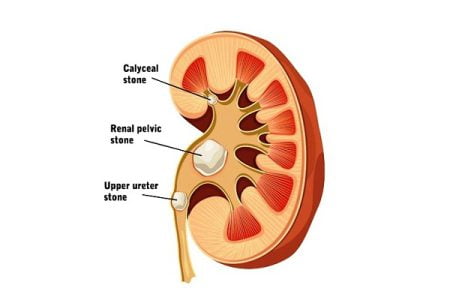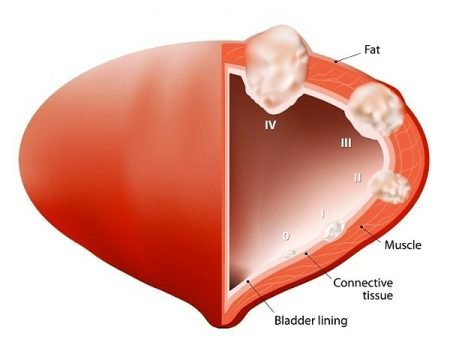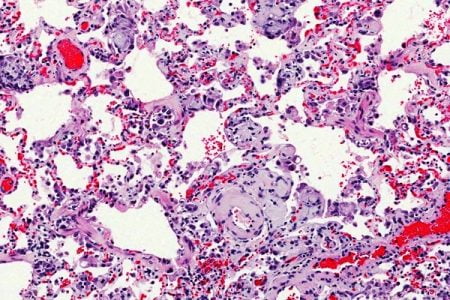Risk Factors for Amyloidosis
- Updated on: Jul 12, 2024
- 2 min Read
- Published on Nov 20, 2019

What is a Risk Factor?
A risk factor is anything that increases a person’s chance of developing a disease. Even though risk factors often influence the development of a disease, most of them do not directly cause the disease itself. For example, some people with a large number of risk factors never develop amyloidosis, while others with no known risk factors develop the disease. Due to an unknown cause, it has been found that most people with amyloidosis have no known risk factors.
Who is at Risk of Developing Amyloidosis?
The actual cause for amyloid production and its accumulation in the tissues is unknown. The risk of developing amyloidosis is not known to be related to the diet of a person or his lifestyle. Amyloidosis disease is higher in people who:
- Are older than 50 years
- Have a chronic infection or any inflammatory disease
- Have a family history of amyloidosis
- Have multiple myeloma
- Have a kidney disease and have been on dialysis for more than 5 years
What are Some Common Risk Factors for Amyloidosis
Amyloidosis is more common in men than in women. The risk for amyloidosis increases as one grows up older. Almost 15% of people with multiple myeloma develop amyloidosis. Amyloidosis can also happen in dialysis patients suffering from end-stage renal diseases.
Risk factors for hereditary amyloidosis are genetically related to an ancestor with the disease. Also, the risk factors for secondary amyloidosis are mostly due to an underlying inflammatory chronic medical condition. Age is one of the important risk factors for amyloidosis. The disease is common in people who are above the age of 60.
Gender is also a risk factor for amyloidosis and almost 70 percent of people with AL form of amyloidosis are found to be males. Besides, race is another major risk factor for amyloidosis. It has been found that African people are at a higher risk of carrying a genetic mutation associated with cardiac amyloidosis.
Other Conditions and Risk of Amyloidosis
Chronic inflammatory diseases like rheumatoid arthritis are one of the important risk factors of secondary amyloidosis. A research was performed to check the presence of amyloid deposits in the gastrointestinal system of rheumatoid arthritis (RA) patients (British Journal of Rheumatology). With the help of upper gastrointestinal endoscopy, 407 patients were analyzed for examining amyloid deposits. Gastrointestinal endoscopy revealed that out of 407 RA patients, 54 had gastrointestinal amyloidosis, 22 had slight amyloid deposits, and 32 patients had marked amyloid deposits. The clinical manifestations of systemic amyloidosis were more frequent in the marked deposits group compared to the slight deposits group. Also, the survival period was shorter in the marked deposits group than in the slight deposits group. These studies reveal that the degree of amyloid deposit formation is related to the clinical signs of rheumatoid arthritis and hence RA is an important risk factor for amyloidosis.
The Use of antibiotics has reduced the number of various chronic infectious diseases and RA has become the most common risk factor for secondary as well as systemic amyloidosis. An early diagnosis of amyloidosis can be helpful in the management of rheumatoid arthritis.











